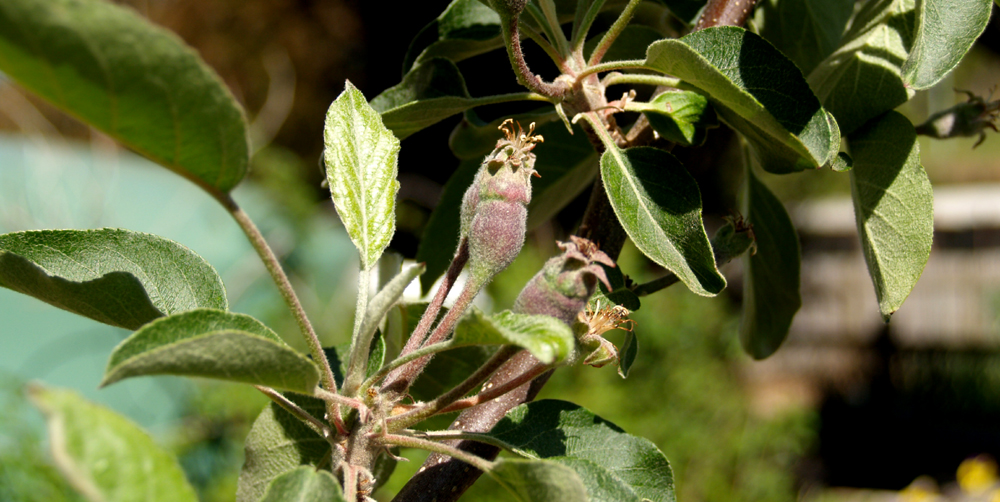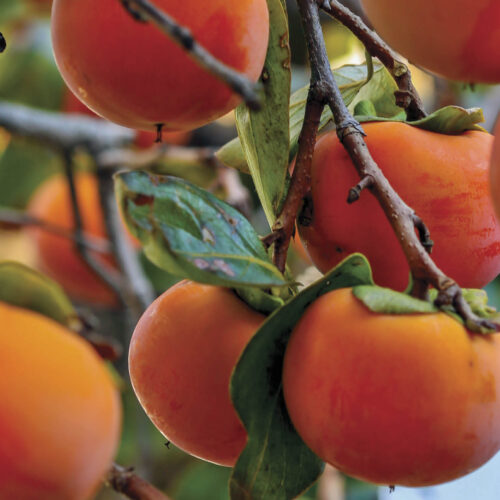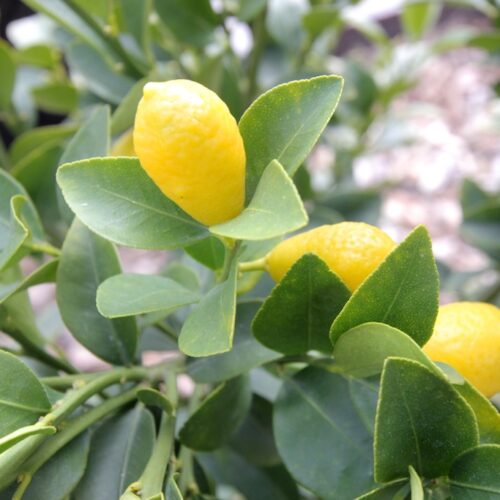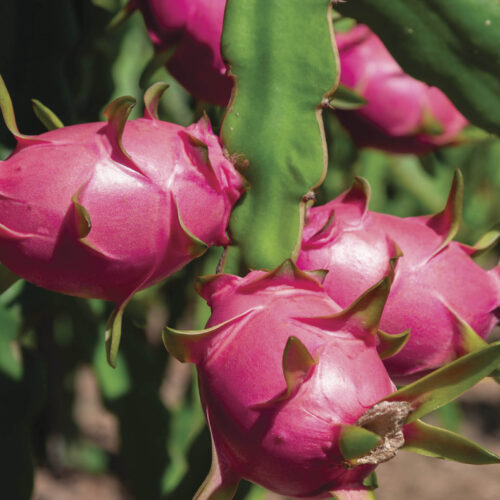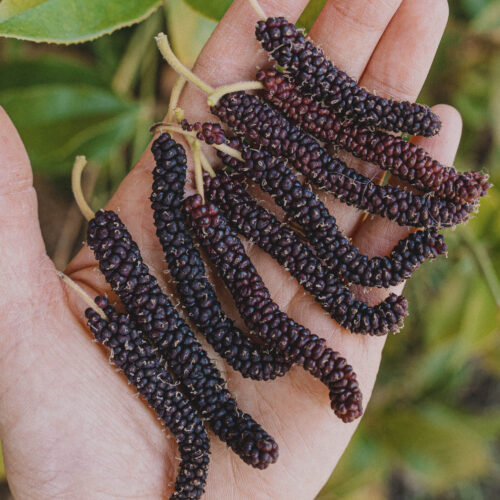The Benefits of Thinning Fruit
2011-09-16T04:41:01+10:00
When it comes to fruit, can you have too much of a good thing? The answer's yes, and JUSTIN RUSSELL explains the benefits of thinning out a bumper crop.
My low-chill Anna apple has finished flowering and furry little fruitlets are starting to swell in size. This is the point where I get a decent idea of how well the flowers were pollinated and what size crop I can expect to harvest from the tree. The good news is that the bees have done a brilliant job. Fruit set has been excellent, which leaves me with a bit of a problem. A very heavy bearing variety like Anna tends to over bear. It always pains me to say it, but you can have too much of a good thing and if all the fruit stays on the tree to maturity, it’s likely that branches will break under the strain. The solution with heavy cropping fruit trees – apples, pears and plums are the main culprits – is to thin the crop. It’s a fiddly little job to do, but the reward will be larger, better quality fruit, a reduction in biennial bearing (where a tree bears heavily one year and takes the next year off), and a reduction in the weight load on young branches. Apples typically produce clusters of five to seven flowers originating from a single bud. Thinning can be done during the flowering stage, but I prefer to do the job once pollination has been completed and fruitlets are starting to form. Any flowers that weren’t pollinated will drop off without any assistance, but the remaining fruit cluster should be thinned by at least half. If there are five fruitlets in a cluster, remove two or three. Simply pinch them off with your fingers, being careful not to tear off the entire bud. If you’re keen to experience fruit of the highest quality, remove all but one fruitlet from a cluster. It seems quite ruthless to thin a crop out this much, but you ought not worry as the tree will reward you handsomely for your your effort. I started thinning my Anna crop yesterday, so in a few months’ time I’ll be tucking into my first Annas. They’ll be big, pink, and juicy – perfect for an afternoon snack on a hot summer’s day.

